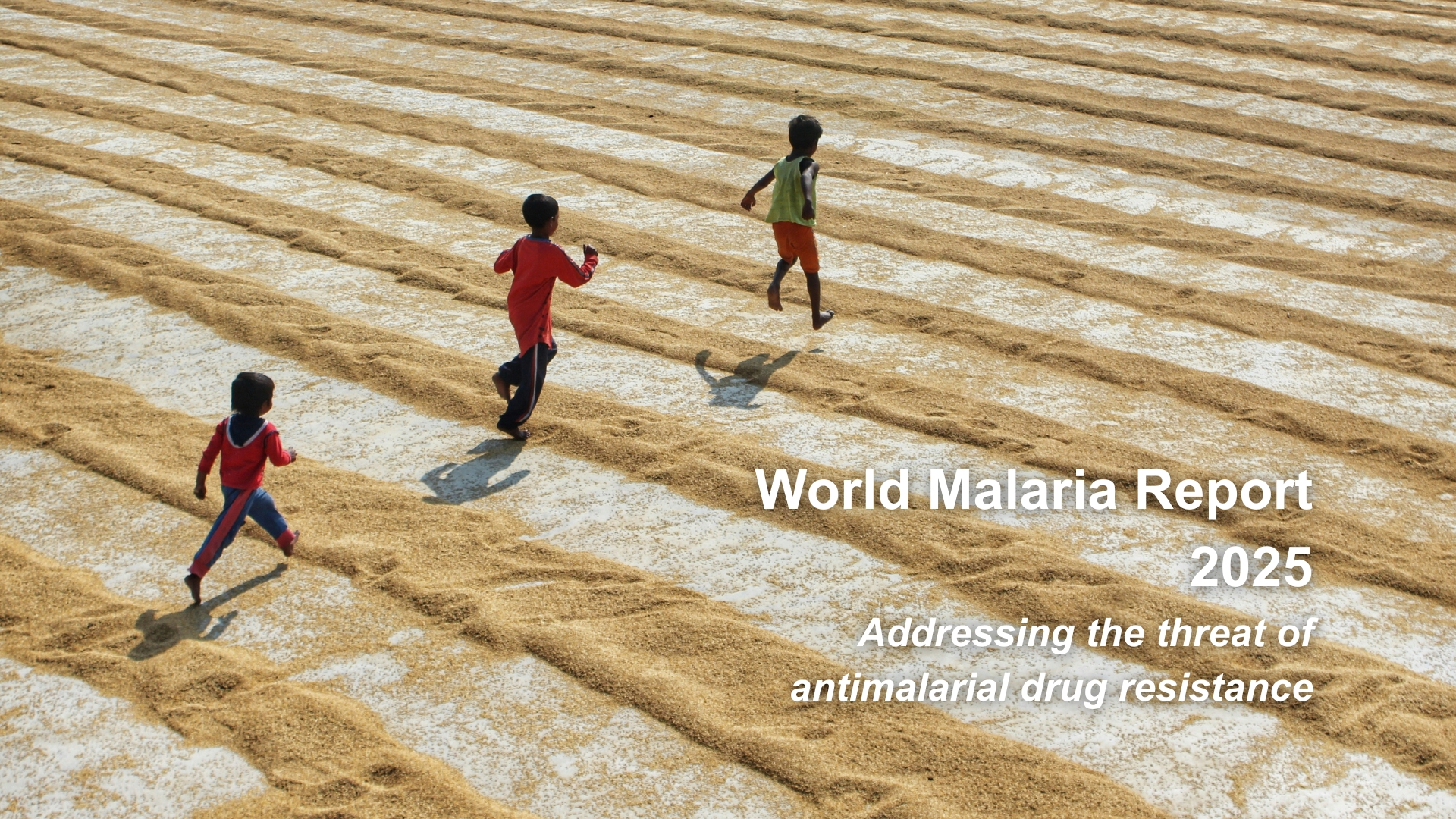
Singapore, 29 November - World Malaria Report 2017, released today by the World Health Organization, reminds us that despite extraordinary success in the fight against malaria more needs to be done to end the disease for good.
Since 2000, driven by the Millennium Development Goals, and funded in large part by the Global Fund to Fight AIDS, TB and Malaria and escalated country efforts, Asia Pacific countries have reduced the number of malaria cases and associated deaths by almost half.
Despite this success, recent trends have demonstrated the entrenched challenge associated with eliminating malaria. Cases and deaths have plateaued coinciding with a reduction in the amount of funding available for malaria efforts.
“The World Malaria Report should make it clear that we must re-commit to the shared goal of malaria elimination in our region,” said Ruby Shang, Board Chair of the Asia Pacific Leaders Malaria Alliance. “We cannot allow at-risk communities, families and especially children to fall back into the deadly clutches of malaria.”
With 21 malaria-endemic countries accounting for approximately 16 million cases of malaria and 33,000 associated deaths in 2016, Asia and the Pacific carries the second highest burden of the disease in the world. In Asia-Pacific, India has the biggest share of the burden and the 3rd largest globally.
The intense scale-up of malaria interventions in Asia and the Pacific, including greater access to medicines, distribution of bed nets and better screening and diagnosis, has already averted more than 80 million cases and over 100,000 associated deaths since 2000. However, some 2 billion people in the region remain at risk of infection.
In addition, the growing drug resistance, centered in the Greater Mekong Sub Region, has raised the potential of rising malaria-related deaths, serious economic impacts, and human suffering.
“Drug-resistant malaria is a health crisis that could derail the amazing successes we have seen in Asia and the Pacific,” said Dr Benjamin Rolfe, APLMA’s CEO. “If the most effective treatment against malaria is rendered impotent the repercussions for health across the globe would be disastrous.”
New analysis led by Dr Rima Shretta of the University of California at San Francisco's Malaria Elimination Initiative shows that investing in malaria elimination in the Asia Pacific region is a smart business decision.
The research suggests that, with intensified efforts, malaria can be eliminated in all 21 malaria-endemic countries in the Asia Pacific region. The potential economic benefit of eliminating the disease by 2030 is estimated to be over USD 90 billion – or a 6-to-1 return on every dollar invested.
“We will not get there by simply continuing business as usual. We need to move quickly before we lose the battle to drug resistance and face a resurgence, causing malaria illnesses and deaths to rise and putting our investments over the past fifteen years at risk” said Dr Shretta
With donor funding on the decline and areas with a lower malaria burden fighting to maintain resources, significant gaps in funding for malaria elimination remain. Given the scarcity of resources, countries must urgently identify and allocate new financing that will be critical to crossing the finish line and ending the threat of malaria in the region once and for all. The next five years are crucial to accelerating progress towards 2030.
Media Contacts
Christopher Hilton, Director of Communications (+65 6727 6947) Chilton@aplma.org
.svg)


.jpg)






